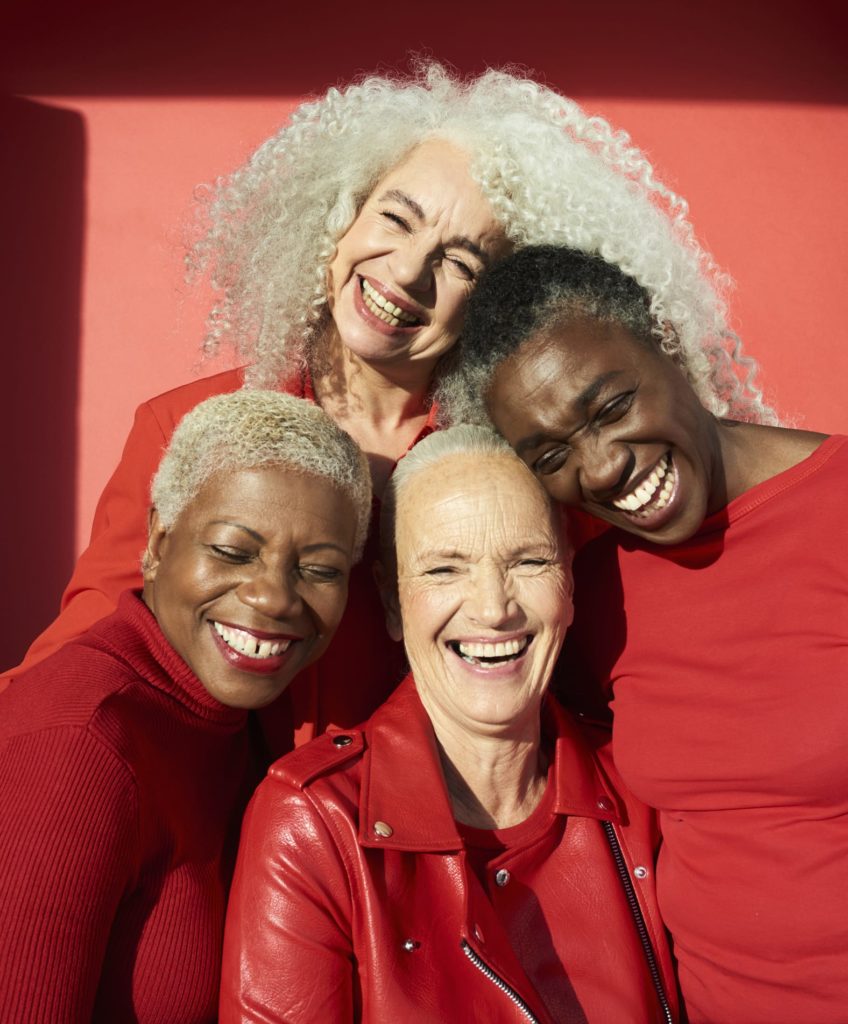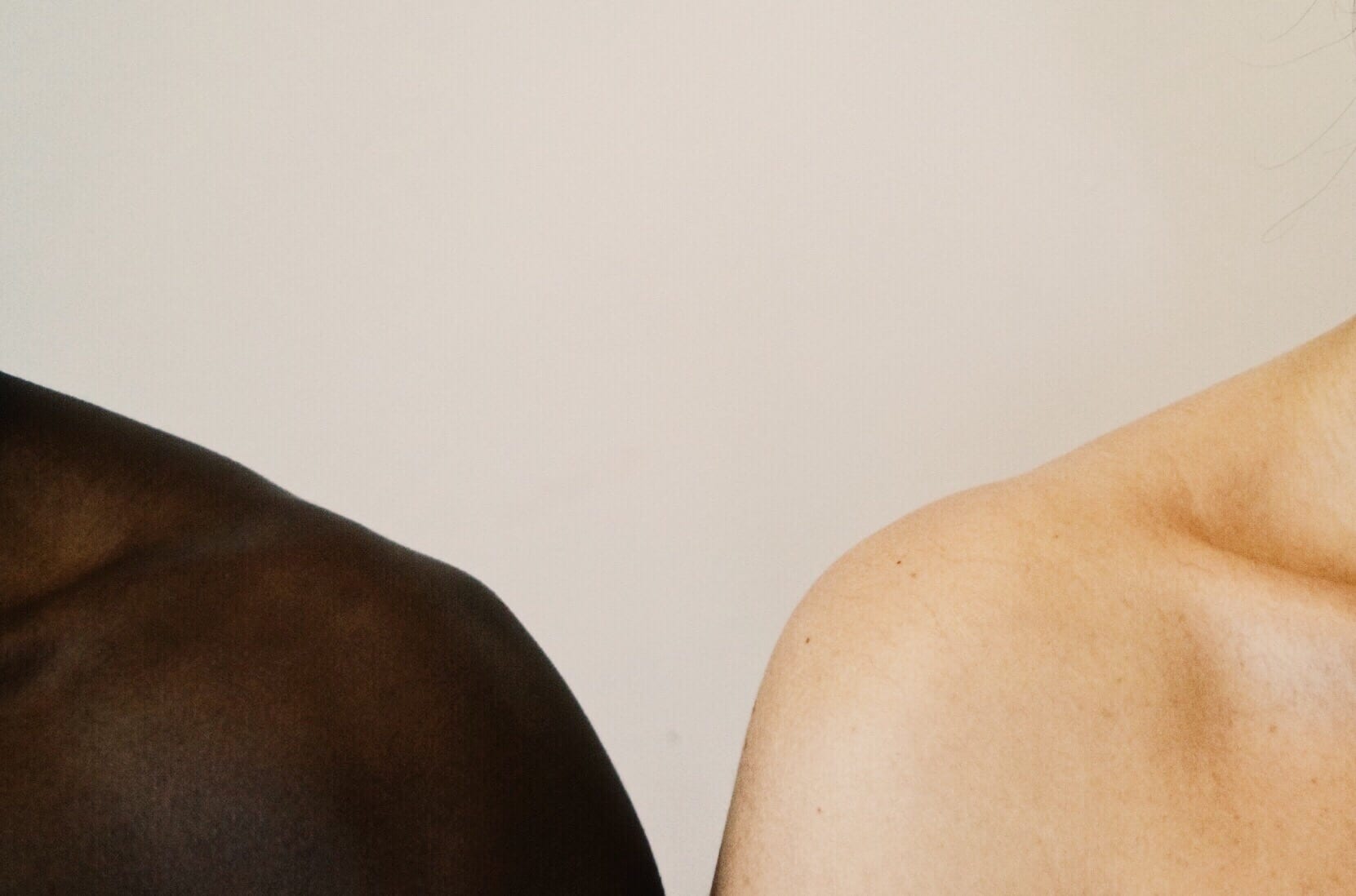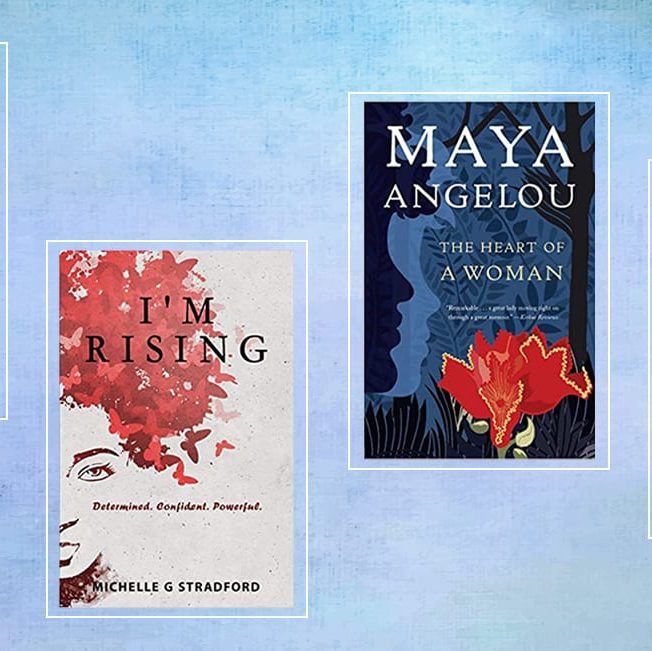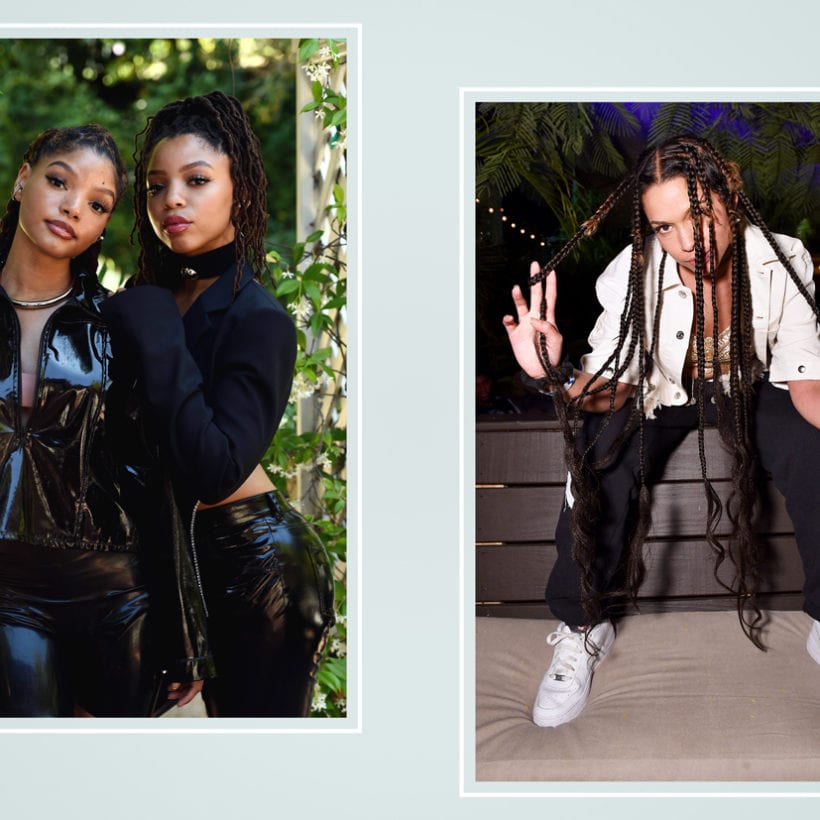While most of us associate ‘blind spots’ with traveling unfamiliar roads or driving a rental car we aren’t comfortable with, many of us have blinders on when it comes to racism, equality and diversity. As Kerry Mitchell Brown, Ph.D., a racial equity practitioner, explains, as an experienced driver, you will mitigate any danger physical blind spots may cause with the habit and practice of a quick glance over your shoulder. It becomes natural and instinctive over time. Similarly, this happens when we don’t address the inherent prejudices we’re harboring, often unconsciously. However, when we face them, work to change them, and encourage others to join us along the journey, we start to make progress for all of humanity.
“When driving, you can effectively eliminate your blind spots by adjusting your mirrors and with quick looks over your shoulder. Once you are aware, you do something. When you want to eliminate your racist blind spots effectively, you have to be very intentional to mitigate any potential dangers to yourself and others,” she explains.
Here, POC executives share the most important questions to ask yourself to get started on this vital work:
Do you respond negatively to a POC’s name — or a name you don’t recognize?
Think about the last time you were tasked with hiring someone, or you were introduced, via email, to a potential client or even happy hour pal. If their name was unfamiliar to you or wasn’t something you could pronounce right off the bat, how did you respond? If you dismissed them, wondered about their race, or compared them to an experience you had with a different person who had a unique moniker, you could have a blind spot, says Dr. Brown.
“As a hiring manager, while reviewing a person’s name you consider a person of color, do you immediately make assumptions about the candidate based on race, about the candidate’s viability based on their name?” she continues. “Examine and explore to what extent your experiences, without your awareness or conscious control, shape your likes and dislikes and your judgments about people’s character, abilities, interests, and potential.”
Is your perspective broad enough?

Close your eyes for a moment, and reflect on the people in your life. How do you describe them? What words do you use? Do you focus on their character and their fun quirks, like an incredible laugh or a kind spirit? Or do you associate them with how they look? This is a way to address a racism blind spot, according to Vidhya Subramanian, the founder of Zymmo, an app that connects foodies to chefs around the world. Rather than focusing on physical traits — like their skin color or hair — challenge yourself to reference others by their personality.
Another way to do this is to leave the bubble you’re comfortable in and start to explore the broader community around you. “When you think of others, do you think of them as fellow human beings or label them by race/nationality? For instance, when you think of the current pandemic, do you think about just your country or the entire human race and how it has impacted all of us?” she continues. Your goal is to think more holistically and not intrinsically.
When you engage with other people you perceive to have a different racial identity, are there habits or patterns in your doing so?
Take these three situations, provided by Dr. Brown:
- A Black woman is with a child in the park during the day. Do you assume she is the kid’s mother or the nanny?
- You’re walking down the street toward your car, and a Black man enters your field of vision. Do you automatically grab your purse and walk faster?
- You’re in a store, and you see a Latina woman down the aisle. Do you believe they are a customer or employee?
If you automatically think the Black woman is a childcare provider, the Black man is dangerous, and the Latina is a cashier, then you probably have some blinders up. In part, Dr. Brown says this is usually caused by limited interactions with people of different racial backgrounds and provides an opportunity to learn. “This kind of introspective inventory may yield some powerful insights around what racist behaviors you need to stop, what types of information and engagements around anti-racism do you need more of, and what racial equity and healing work you need to start doing,” she explains.
Do you respond differently when a POC acts ‘out of character’?
While you may mean well, your compliment toward a person of color may sting in a way that you can’t understand. As an example, Joy Altimare, the chief marketing officer at EHE Health, a leading healthcare provider, says all too often she’s told she ‘dresses exceptionally well’ and ‘she’s very articulate.’ While on the surface level, this may seem nice; in reality, it points to blind spots that are rooted in institutional and systemic racism. “I am so articulate, as compared to what? I dress exceptional well, as opposed to what?” she continues.
While on the surface level, this may seem nice; in reality, it points to blind spots that are rooted in institutional and systemic racism.
“Again, I’m a 43-year-old Black woman who holds an executive role at one of American’s oldest, most integral companies. To have my accomplishments diminished to ‘harmless stereotypes’ is very disheartening.”
If you’re guilty of saying these statements to people of color, Altimare recommends taking a pause before you speak. Then, ask yourself: ‘Why am I perplexed that this individual speaks appropriately based on her position? My surprise speaks to what prejudices that I haven’t addressed in my authentic self?’
With these questions in mind, you can start to correct your blindspots, take a new direction, and hopefully, inspire others to follow. We all have a part in fighting racism, and it should begin… today.







